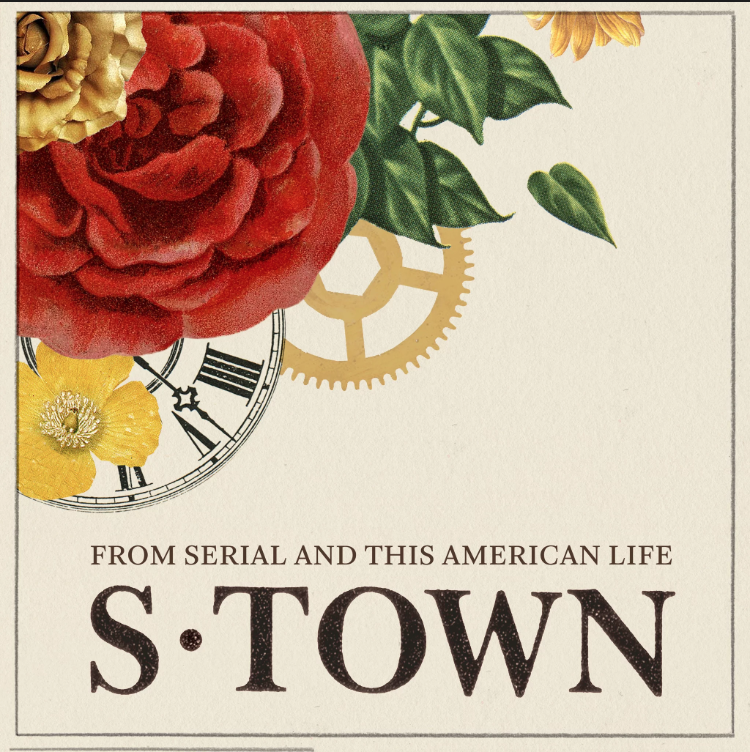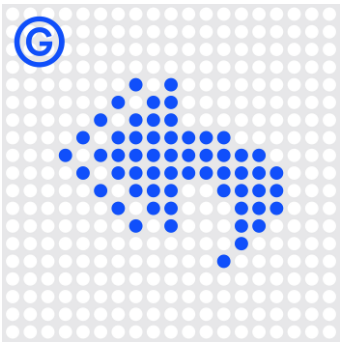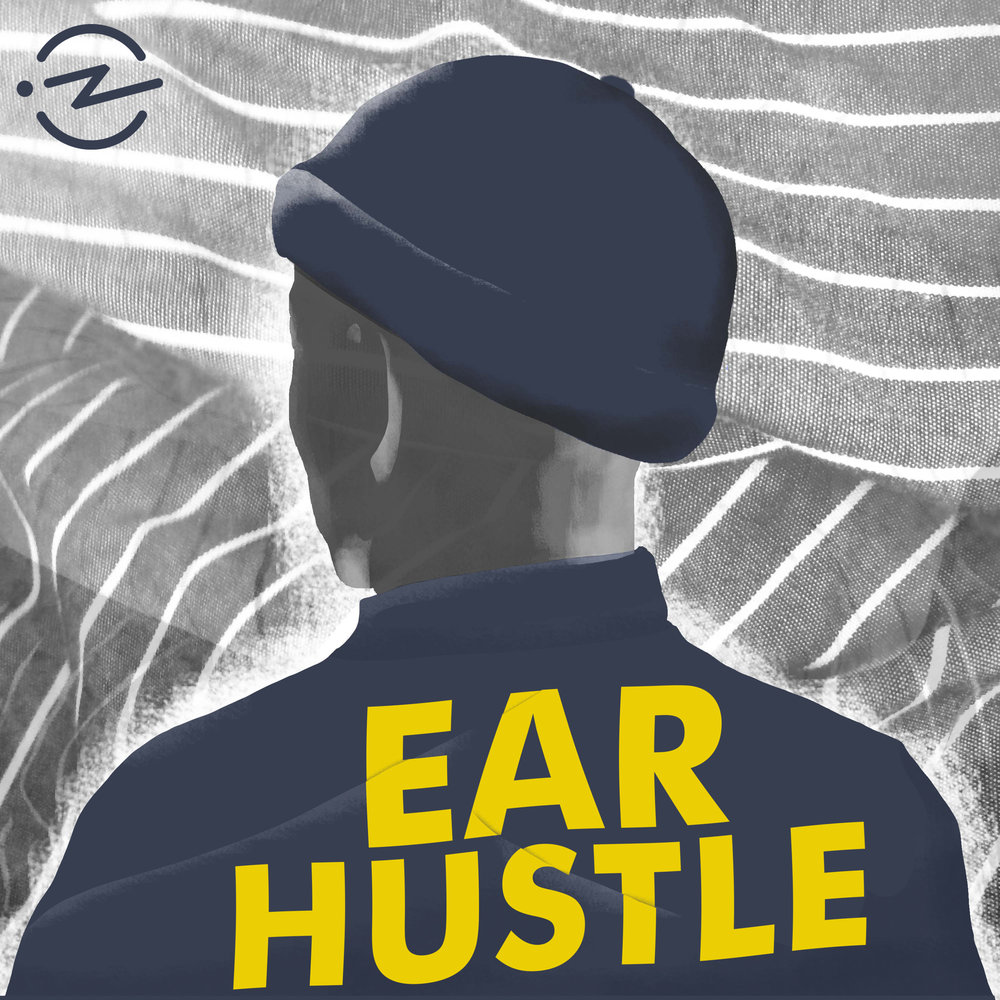Chapter 2
WHAT KIND OF PODCAST?
Now that you’ve decided that you have a story only you can tell and that it’s unique to podcasting, it’s time to take the hammer and chisel out the bird from inside the clay.
Before you start to gather tape and craft your story in audio, it’s worth outlining the format and style of your show. You can always go back and revise or pivot or abandon if your process changes the original outline. But creating an outline helps you clarify your idea and tethers your creative process.
Maybe you’ve listened to “How I Built This,” “Invisibilia,” “Serial,” “S-Town,” “How’s Your Day?” “This American Life,” “Atlanta Monster,” “Revisionist History,” “Bad with Money,” or “WTF with Marc Maron.” Even if a friend recommended the show to you, something about it piqued your interest when you looked it up. The name? The design of the tile? The trailer? The person hosting?
Here are the questions you must answer before moving further with your idea:
What’s your tagline? Why is this the 1 sentence that explains your show best?
The podcast StartUp from Gimlet has the tagline, “A show about what it’s really like to start a business.” How I Built This from NPR has the tagline, “Innovators, entrepreneurs and idealists—and the movements they built.” The Heart from Radiotopia has the tagline, “A show about Power & Love.” Criminal from Radiotopia has the tagline, “Stories of people who've done wrong, been wronged, or gotten caught somewhere in the middle.” Each one of these gives you the universal theme and the specific aim of each episode in one sentence, no more.
What’s your show name?
There is no science to show names. Some do better as phrases. For example, How’s Your Day? This American Life and You Must Remember This. Others do better as single word titles: Heavyweight, Crimetown, StartUp. Make sure it’s not clunky, easy to remember, and that someone can get the gist of your show by reading the title. If they can’t, they should at least find some meaning or value in it.
Describe your show like you’re pitching me to listen to it. Now, describe it like you’re pitching it to me to give you money to make it.
How you would recommend a show to a friend is different than how you’d pitch an investor. Think about how someone else would recommend your show to their friend: “Dude, you’ll love this new podcast I’ve been listening to. It’s like couples therapy sessions recorded behind the scenes… like literally the actual voices and everything. I’ve learned and applied so much from it to my relationship. Like the other day, Jimmy and I got in a fight about dealing with two different cultures and I just thought back to episode 1 of the show.” Now, the investor: “Nothing like this show exists right now in tone and format, and the show’s audience is not the core podcast audience. It’s the same people who watch the TV show, Jane the Virgin. Young Latinas. They are a demographic that’s vastly underserved in podcasting, but have incredible buying power. In California alone, Hispanic people have 20 percent of the buying power. This show is the perfect platform for you to advertise on or to sponsor to reach that audience.”
What does your show sound like?
This is a trick question. Your show shouldn’t sound exactly like any other show. No, there is not a need for another 2 Dope Queens but with you and your friend. Or Joe Rogan. We don’t need two Joe Rogans. Not even a woman version. But, it’s fair game to borrow from YouTube, TV shows, films, documentaries, books and other mediums. You could want to have the Steinbeck equivalent of a podcast-- slow paced, western, filled with ambient sounds from nature. Or you might want to have more of a Gilmore Girls tone-- smart, fast paced, girly. Or maybe you’re creating the horror film version of a podcast with dystopian sounds and cacophonous surprises. What kind of equipment and music will you use? Sound effects or natural ambient sounds? You’re making audio. Think about sound before you start.
Why is this person the best host for your show? If your show has no host, why should there be no host?
Don’t think about getting famous for one second. Just put the thought aside. What’s the best thing to do for your show. Would it be more beautiful and unique if it was non-narrated? Love and Radio is a perfect example of a non-narrated show. Or, is it reaching an audience that you don’t represent… would it be a better fit for a celebrity that represents that demographic to host the show? Or even an ordinary person who has more speaking experience?
Is there a color scheme for the design of your show?
Illustrators that evoke the kind of feeling you want?
People judge books by their covers and podcasts by their artwork, whether or not you want them to. How can you convey the mood and tone of your show through colors, fonts, or illustrations? You might want your kid’s podcast to have the same style of artwork as The Little Prince, with pastel colors and hand drawn illustrations in the banner and tile. Or you might opt for a film noir aesthetic, with black and white photography and red typography. This is the first thing your listeners experience about your show. If it fails to grab them or worse, hooks them in with a false promise through an inconsistent design, you’ll lose your audience early. Here are some logos that vary drastically from each other:
Note: one of them doesn’t even have the name of the show in the logo. (Reply All did later change its logo to include its name— this is an early version.) It is not necessary to put the name of your show into your logo even though it has become an industry standard. Your name appears alongside your tile in Apple and other apps anyway!
How is your show different from those? Or, why would people listen to your show instead?
If you are planning on taking audience from any of the shows you discovered for the last question, you have to fight for their attention. Why would they listen to your show instead of the others that cover the same topic or have a similar format? What is your competitive advantage. And no, if you’re not a celebrity, your sparkling personality is not enough. What could set you apart, though, is the production quality, the guests, the design, the format, the level of access, the specificity of your episodes, your interviewing technique, etc.
Are there other podcasts that have the same sound and writing aesthetic as your show? That are the same kind of content?
When I created Beginner, I made a list of shows that were similar in content, others that were similar in tone, and some that were similar in format. For example, Beginner is a first-person narrative show that resembles Millennial and Startup. But the theme is “identity,” “immigration” and “belonging,” similar to shows like Identity Politics, Maeve in America, and Nancy. The sound of the show was also inspired from TV shows like Transparent and movies like Boyhood. The goal is to find intersecting parts of the venn diagram so you can differentiate your show from other podcasts, while creating opportunities for cross-promotion and audience growth. Don’t shy away from using TV shows, movies, books and songs as a jumping off point in addition to podcasts.
Why is this show relevant now?
You don’t need a journalistic news peg, but you should know why releasing this show at a certain time will give it more of a marketing boost or make listeners’ ears perk up. For example, if the sale of charcoal soaps, facemasks, and yoga pants are higher than ever, then it’s a good time to release a show about wellness. Financial trends support that there’s a market for the topic. I released Beginner (accidentally) on January 15, 2017, which happened to be politically a good time to release a joyful show about one immigrant’s experience and lack of belonging in America. If I had seen ahead, it might have helped get more press and advertisers that were especially excited about my core audience.
What’s the format of your show?
If you’re struggling to figure out how to deliver your story, here are some common show formats:
Interview
Non-narrated
Serialized narrative
Narrative non-serialized
Fiction, serialized
Fiction, non-serialized
Musical
Comedy
Alex Laughlin, of the Buzzfeed Podsquad, made a helpful graphic that shows where different kinds of shows fit on the spectrum. If you envision a format that has not yet been done, don’t try to box your idea in.
What is the release schedule and how many episodes do you envision?
Frequent episode release means more downloads. For example, New York Times’ The Daily releases every single weekday and averages 5 million unique downloads per month. But making something good and making something often can be at odds with each other. The way to figure out your release schedule is to ask yourself, how often can you make a good episode? If you can frontload-- make a bunch of episodes before dropping the season-- it might make it easier to release good ones more frequently. That said, a lot of shows are one-time miniseries like S-Town from This American Life and Serial. They opt, instead of releasing weekly or daily or monthly, to put out all of the episodes for binge listening.
How does this push the medium of audio forward?
If you listen to a lot of podcasts, you might start to get ear fatigue. They all start to sound the same after a while. Because a lot of them are similar. Podcasting is a young medium, and it doesn’t have the specialization of roles or the breakdown of genres that say, movies or music have. There are no podcast westerns. Only a handful of podcast musicals. Very few narrative shows that represent minorities. This gives you, as a new creator, a lot of room for experimentation. Want to create a one episode-long podcast movie? Go for it! Want to create a podcast where you play with time and not each episode is the same length? Not many people have done it! Want to do a silent podcast with only sounds and no words? You’ll be following in the footsteps of Paper Radio, an innovative shop in Australia.
What is the fifth episode?
Rarely the last episode in a season, this question helps you decide whether you are creating a sustainable show or something more finite. Is the fifth episode an evolution of the first or is it identical in format?
What is the first episode?
Before you collect any tape, you should know the narrative arc, the characters, the format, the length and the sound of your first episode. Listen to the first ever episode of This American Life. Or Missing Richard Simmons. Or Reply All. These episodes each set up the premise of the show and the stakes for the entire season.
How long can the show run while maintaining its integrity? Does this podcast have a logical end that should be honored?
As people get more excited about podcasts, more companies, individuals and production houses are creating shows with infinite life spans, even when those shows have a logical end sometime after the first or second season. I was an avid listener of both Radiotopia’s Millennial and Gimlet’s Startup during their early seasons. But I had nothing more to root for when Megan Tan decided to pursue Millennial full time as a career and got signed by Radiotopia. And once Alex Blumberg released Gimlet’s second show and the company was funded by VC’s, I wasn’t as excited about the smaller developments. On the other hand, How I Built This by NPR is a show that has a built in arc in every episode and can exist as long as there are successful entrepreneurs.
How do you integrate audience into your show?
Make room for your audience beyond just asking them if they want to hear your show. Create giveaways for their favorite brands (a great sponsorship tactic). Invite them into the recording studio if they’re a super fan. Ask them what they want to hear on the next episode or what kind of merch they want. Maybe their story fits your next episode or season. Keep your listeners involved and focus on community.
Who is your audience and when do they listen?
Define your audience by age group, buying habits (what brands do they like?) and ethnic demographic. Tell us where in your day you imagine them listening. And don’t imagine! Go out there and talk to your target audience. Survey them via email and twitter. Call them up. The better you understand your audience, the more loyalty your show will build. You don’t have to compromise your artistic integrity or your vision, but you’re not making your show in a vacuum. You’re creating a podcast for someone.
What are your metrics of success?
There are a lot of different ways to measure success. If your listeners go back and listen to your episodes more than once, that means they’re obsessed or they’re going back and playing episodes for friends and family. If they come to your live shows or are willing to give you their money, that also shows loyalty. If critics review your show in noteable publications like The New Yorker or The Podcast Review in the LA Times, that’s another way to quantify success. Your listenership can grow steadily from week to week, month to month, or you can reach breakout success with downloads in the millions. Or you can make a profit. You decide what it means for your show to succeed.
Do you want to make money from this? Do you want to pursue an advertising, grant, crowdfunding, subscription, live show, a combination or another model to make money?
Once you decide what kind of show you want to make, you can ask yourself if it requires so much of your time and energy that it can’t afford to break even. You deserve to get paid for your time even if the project is for your own fulfillment and the cause is worthy. And, even if, you’re your own boss. If the goal is to make more than the cost of producing the show, you must map out the money-making strategy the way any business would. The first step to making money is to get your podcast out on as many platforms as possible.
How are you going to fund this?
You could work a day job. You can apply for a loan through a bank. Start a kickstarter or indiegogo campaign. Apply for grant funding from a foundation. Get a private donor to back you up. Convince a local sponsor to pay you per episode. Acquire a national sponsor by reaching high download numbers. Sell cute merchandise. Do live shows for your loyal fans. Create a Patreon page. Pitch to a network like Radiotopia. Sign an exclusivity deal with a platform like Stitcher. Or, if you’re anything like the entrepreneurs interviewed on “How I Built This,” your parents could give you a loan. But, don’t start making the podcast without at least considering money. If it’s even just the cost of buying equipment, there are ways to fund your endeavor without digging into your own savings or going broke.








